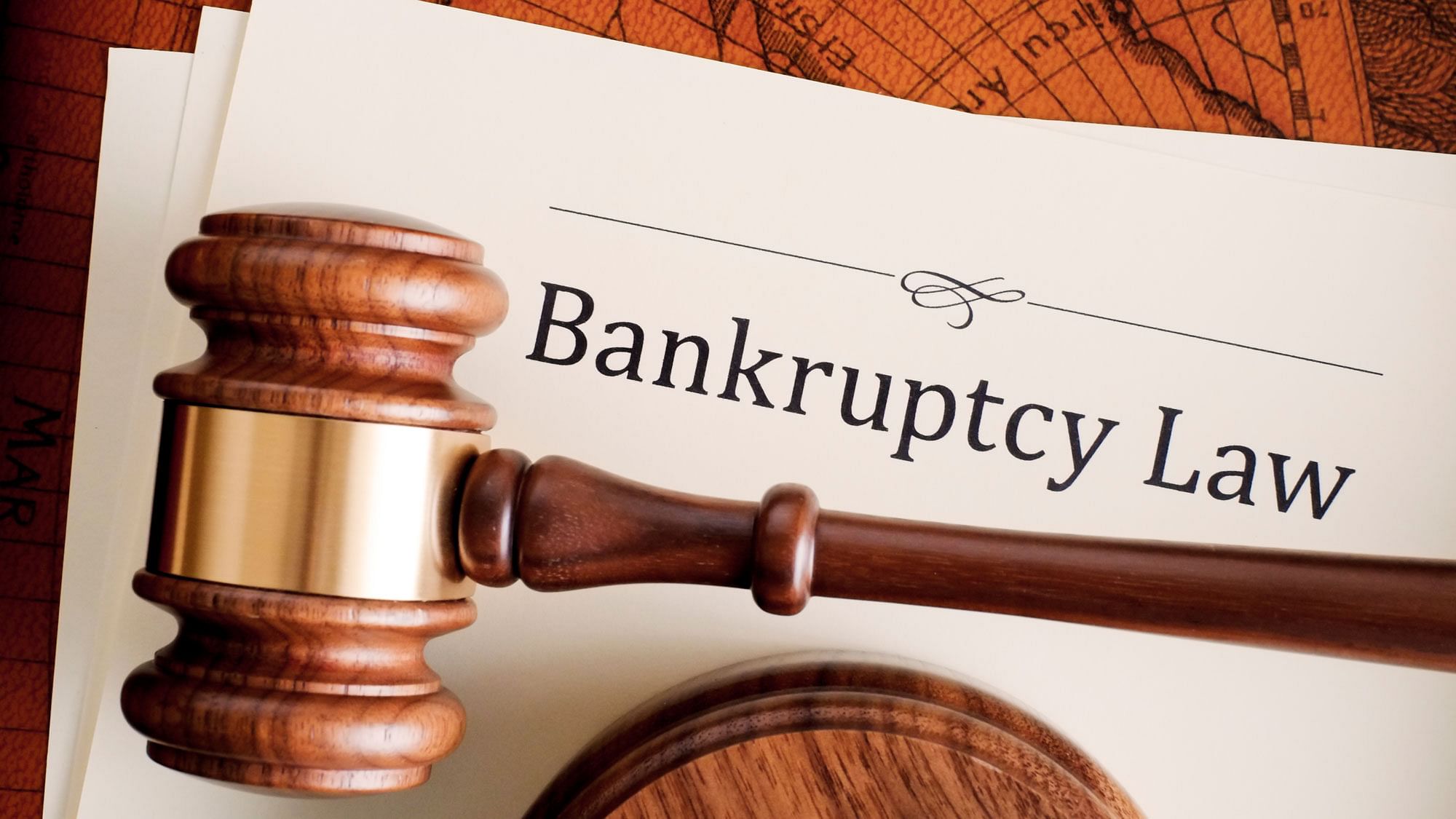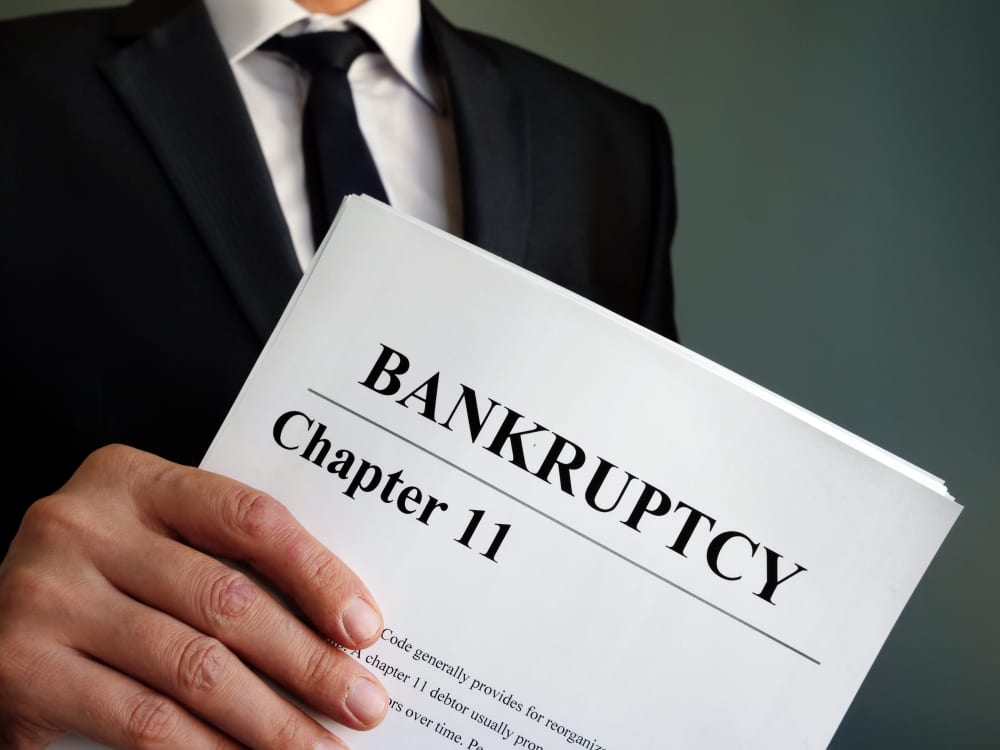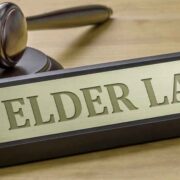Bankruptcy is a government obligation alleviation process that permits people, organizations, or ranchers to get bureaucratic assurance for end or decrease of their obligations. (A borrower may likewise reimburse each of their obligations under amended reimbursement terms also.) There are two primary sorts of bankruptcy – re-association and liquidation insolvencies.
Section 7, which is a liquidation bankruptcy, is the most widely recognized bankruptcy and is documented by people. Section 13, which is a re-association bankruptcy, is acquiring in fame since congress passed a demonstration in 2005 forestalling maltreatment of part 7 bankruptcy documenting (recording section 7 when the indebted person had the option to take care of their obligations) A part 7 bankruptcy is known as a liquidation bankruptcy since when you document under part 7, your bankruptcy legal administrator will take any of your non-excluded property and sell (exchange) it to reimburse your lenders (ie, individuals you owe cash to.) Notwithstanding, a portion of your property is absolved in bankruptcy and you will actually want to keep it. As a rule the account holder has no property that they will lose, and huge obligations that will be generally qualified to be eradicated in bankruptcy.
When your resources have been sold, and your bankruptcy case is finished most (obligations, for example, decisions against you in court, kid support, separate from installments, back charges that are not more established than three years, home loans and vehicle installments are not cleared out) of your uncollateralized debts are eradicated. Sometimes, you won’t be qualified to document section 7, and you should record part 13; on the off chance that your normal month to month pay is more prominent than the state’s normal pay, you should apply the means test to your monetary circumstance to check whether you are qualified to record section 7. On the off chance that the means test shows you are not qualified to record section 7, you can in any case declare financial insolvency, but you should document part 13.
There are two other normal sections of re-association bankruptcy – part 11 and part 12.
Section 11 bankruptcy is for organizations that are confronting monetary battles and is like Part 13. People are additionally qualified to document part 11, however this is just done in remarkable conditions, (for example, the indebted person has a greater number of obligations than the section 13 cutoff points permit.)
Section 12 bankruptcy is actually similar to a part 13 bankruptcy, but 80% of the qualified obligations should be from a family ranch activity. Section 12 bankruptcy has higher obligation limits than part 13, to oblige for the huge expenses with working a homestead. Section 12 bankruptcy is incredibly uncommon.
Section 13 bankruptcy is the most widely recognized rearrangement bankruptcy for customers, while part 11 bankruptcy is the most well-known revamping section bankruptcy for organizations. At the point when you document a revamping bankruptcy, you are consenting to an installment plan with your lenders – with insurance from the bankruptcy court – to reimburse off a part (or sometimes the entirety of your obligations, at decreased revenue) of your obligations over a time of three or five years. The sum you will pay will rely upon a few factors, for example, what you owe, your normal month to month pay and your states’ normal pay. In a Part 13 bankruptcy, most of the lenders (those that hold most of the obligation) should endorse the re-installment plan. Likewise, to be qualified to petition for part 13 you should have under $1,010,650 in gotten obligation and $336,900 in debt without collateral. Gotten obligation is an obligation gotten by a resource (like a vehicle) while debt without collateral is obligation that has no resource, (for example, Mastercard obligation.)











